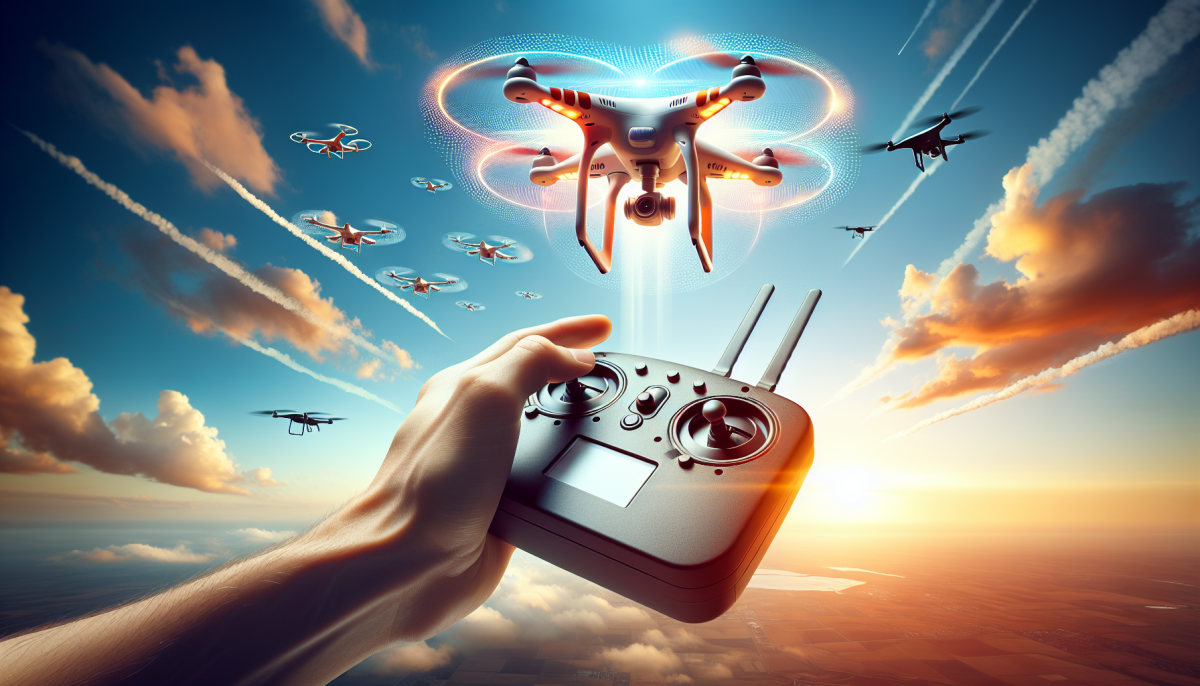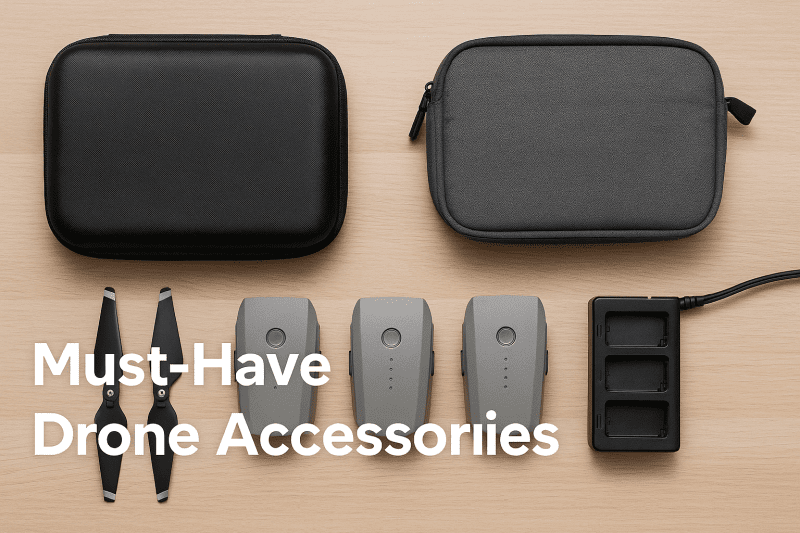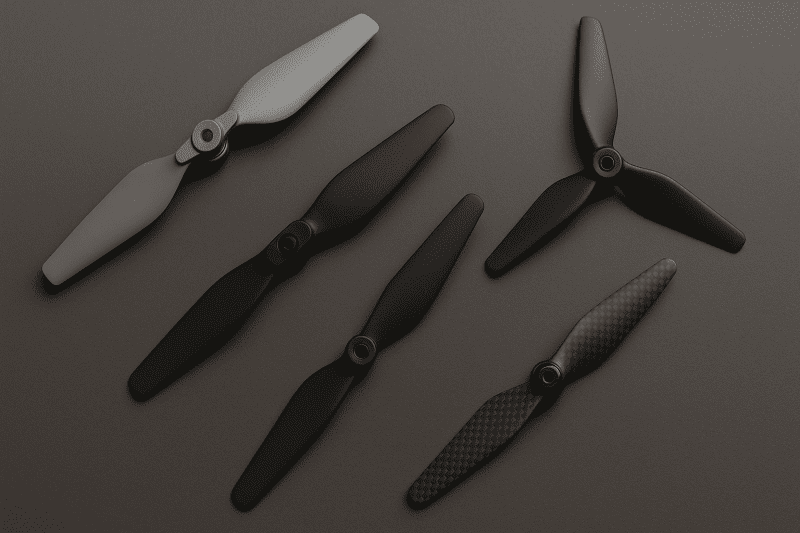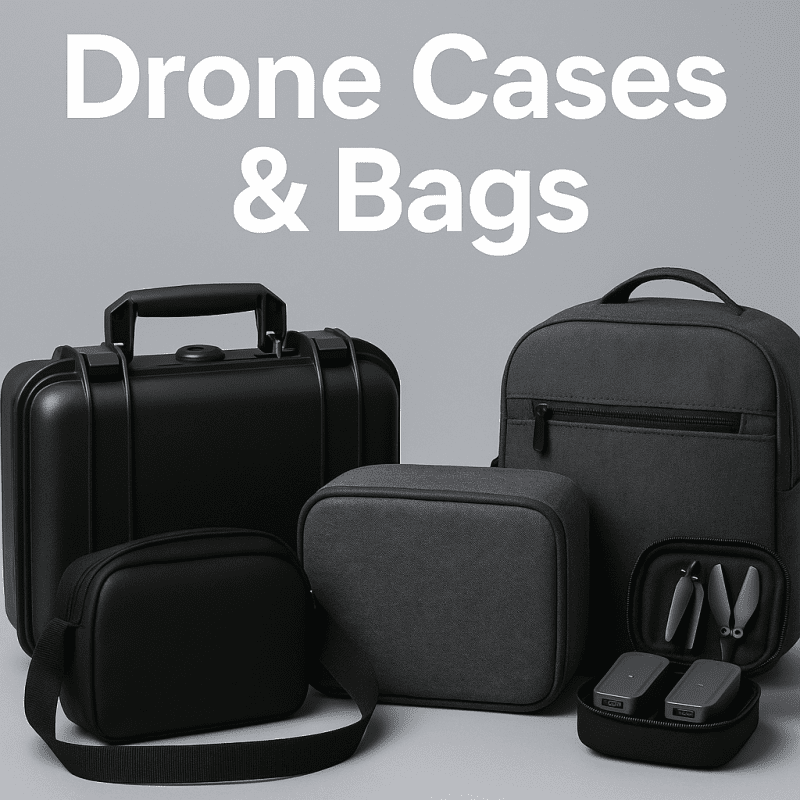Choosing the Right Drone Remote Controller: A Comprehensive Guide
When it comes to flying a drone, having the right remote controller can make all the difference. With so many options on the market, it can be difficult to navigate the different features and specs to choose the one that’s right for you. In this comprehensive guide, we’ll break down the main factors to consider when choosing a drone remote controller.
Compatibility
Before you even start looking at remote controllers, it’s important to know whether they are compatible with your drone. Some controllers are only compatible with certain drone models, while others may offer compatibility with a range of drones. Be sure to check the manufacturer’s specifications and do your research to ensure the controller you choose will work with your drone.
Range
Another important factor to consider is the range of the remote controller. This is the distance that the drone can be flown from the controller. If you plan on flying your drone in large open spaces, such as over water or in parks, then you’ll want to choose a controller with a longer range. Keep in mind that some countries have regulations regarding the maximum range of drones, so be sure to check the local laws before purchasing a remote with a long range.
Controls and Features
The controls and features of the remote controller are also important to consider. Some controllers have more customizable settings than others, allowing you to adjust settings such as camera angle or flight mode. Consider the type of flying you’ll be doing and what controls and features you’ll need to perform the maneuvers you want.
Ease of Use
Some remote controllers can have a steep learning curve, with complex menus and multiple buttons to navigate. If you’re new to flying drones, then you may want to choose a remote controller with a simpler interface and intuitive controls to make the learning process easier.
Battery Life
Finally, consider the battery life of the remote controller. A short battery life can limit the amount of time you can spend flying your drone, so choose a controller with a long battery life if you plan on taking longer flights. Some remote controllers also have removable batteries, which can be swapped out for a fresh one to extend the time you can spend flying.
In conclusion, choosing the right drone remote control is an important factor in having a successful and enjoyable flying experience. By considering factors such as compatibility, range, controls and features, ease of use, and battery life, you can find the perfect remote controller for your needs.
Understanding the Functionality of Drone Remote Controllers
Drone remote controllers are essential pieces of equipment that allow pilots to control their drones in the air. These remote controllers come with a variety of features and functionalities that enable a seamless flying experience. In this section, we'll delve into the details of how drone remote controllers work and the features that make them efficient.
Transmitter and Receiver: The Basic Components of a Drone Remote Controller
A drone remote controller consists of two fundamental components: a transmitter and a receiver. These two components work cohesively to establish a connection between the drone and the controller. The transmitter sends control signals to the drone, while the receiver receives these signals and processes them to control the drone's movements.
Functionality of the Control Sticks
Drone remote controllers have two control sticks, one on the left and another on the right. These sticks control the movement of the drone. The left stick controls the drone's altitude and rotation, while the right stick controls the drone's movement forward, backward, left and right.
Additional Features and Functionalities
Drone remote controllers come with numerous additional features and functionalities that make flying more manageable, safer, and enjoyable. Some of these features include:
1. Return-to-Home Function: This feature enables the drone to return to its takeoff point automatically. This function is useful in case of an emergency, such as a low battery.
2. GPS and Compass: These features assist the drone in maintaining its position and orientation.
3. Gimbal Control: This feature enables you to control the camera angles while the drone is in the air, capturing stunning aerial photographs and videos.
4. Wi-Fi and FPV: These features allow for real-time video transmission from the drone's camera to your smartphone or tablet.
5. Telemetry System: This system provides pilots with essential data, such as altitude, speed, and distance from the pilot.
Conclusion
Drone remote controllers play a crucial role in the safe and comfortable operation of drones. Understanding the functionality of these controllers will make you a more efficient and experienced drone pilot. The features and functionalities of drone remote controllers improve with technological advancements, and it's essential to keep up with the latest developments in the industry.
Advanced Features of Drone Remote Controllers: How to Optimize Your Flying Experience
Drone remote controllers have evolved tremendously over the years to become more user-friendly, intuitive, and sophisticated. Today’s advanced controllers offer a host of features that can help you take your flying experience to a whole new level. Here are some of the advanced features of drone remote controllers that you can take advantage of:
1. Multiple Flight Modes
Most modern drone remote controllers now come with multiple flight modes that allow you to customize the flying experience to suit your needs. These modes include beginner, intermediate, and expert modes that cater to different skill levels. Some controllers also offer sport mode, which maximizes the drone’s speed and agility for high-speed racing and stunts.
2. Customizable Buttons
Some drone remote controllers come with customizable buttons that you can program to perform specific functions. These buttons can be used to activate features like return-to-home, take-off and landing, camera control, and many more. By assigning these functions to buttons, you can keep your hands on the controls and minimize the need to access the drone’s app or menu.
3. Camera Control
If you own a camera drone, you’ll appreciate the advanced camera control features that some drone remote controllers offer. These features include tilt and pan control for adjusting the camera angle, zoom controls, and even the ability to take photos and videos directly from the controller.
4. Flight Data Display
Another advanced feature that some drone remote controllers offer is the ability to display real-time flight data on the controller’s display. This data can include altitude, speed, battery level, GPS status, and many more. Having this information readily available can help you make more informed flight decisions and take full advantage of the drone’s features.
5. Mobile Device Integration
Many drone remote controllers now offer mobile device integration. This means that you can connect your smartphone or tablet to the controller and access advanced features through the drone’s app. These features can include waypoint navigation, live video streaming, and even augmented reality overlays.
In conclusion, drone remote controllers have come a long way in terms of sophistication and user-friendliness. By taking advantage of these advanced features, you can optimize your flying experience and take your drone piloting skills to the next level.
DJI Remote Controller for Mini/Mavic 3
Control Your Drone with Precision and Ease with the DJI Remote Controller for Mini/Mavic 3
Product information
$199.99
Product Review Score
4.17 out of 5 stars
228 reviews




